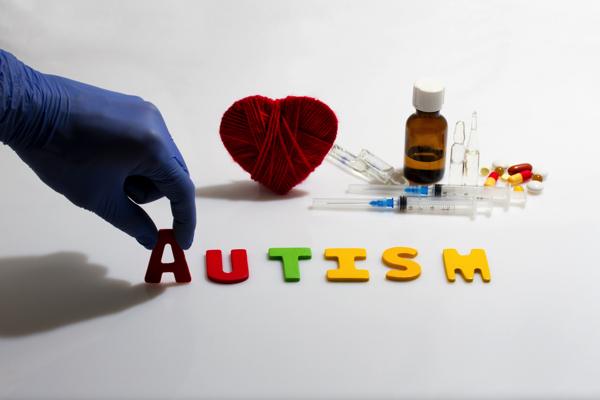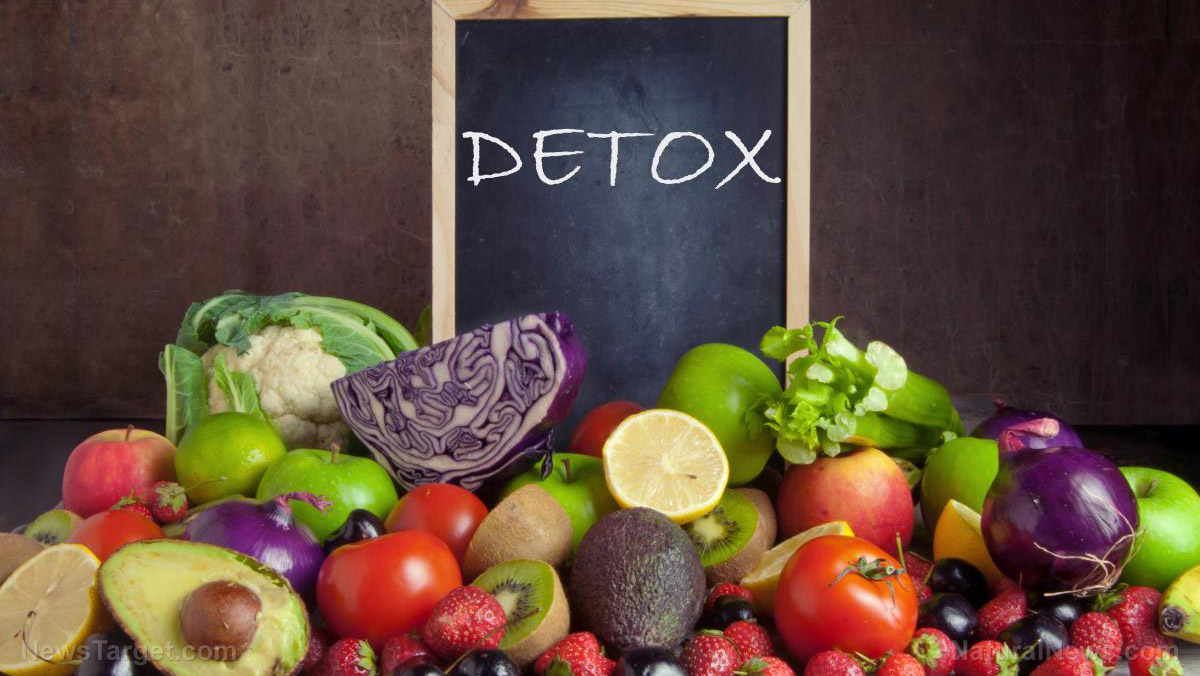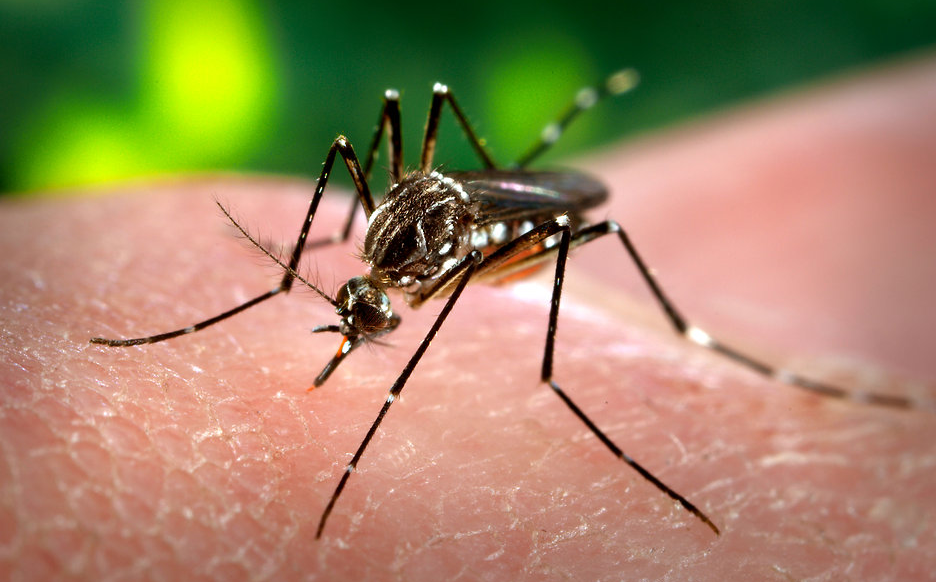Study raises questions about potential effects of vaccine ingredients on children’s health
02/27/2025 / By Olivia Cook

- A study published in the International Journal of Environmental Research and Public Health examines the potential effects and safety of ethylmercury and aluminum adjuvants, common vaccines ingredients, particularly on young children.
- Researchers highlight the need for further in-depth studies on how these substances interact in the body, as their combined presence may have greater health implications on children’s immune systems, behavior and overall health than previously understood.
- The study notes that potential adverse effects are observed in children across different income levels and geographic regions, especially when additional environmental toxins are present.
- While ethylmercury has been extensively studied, limited research exists on its interaction with aluminum adjuvants, prompting experts to call for more in-depth investigation.
- Medical professionals emphasize that vaccines must undergo rigorous safety testing and are crucial for preventing serious diseases. Parents are encouraged to consult trusted medical healthcare sources when making vaccination decisions for their children.
A study that touches on dangerous ingredients in vaccines and their impact on children’s health has sparked discussions among parent and healthcare professionals about the potential effects of certain vaccine ingredients on young children.
Published in the International Journal of Environmental Research and Public Health, the research focuses on ethylmercury and aluminum adjuvants – two substances commonly used in vaccines.
Ethylmercury is a form of mercury used as a preservative in some vaccines, while aluminum adjuvants are used to enhance the immune system’s response to vaccines. Both substances have been in use for decades, not only in vaccines but also in various medical and industrial applications. However, some scientists are questioning whether enough research has been done to fully understand their safety, particularly for infants, young children and even developing fetuses.
The study reviews a wide range of research on how these substances are processed by the body and their potential impact on a child’s behavior, immune system and overall health. One of the primary concerns is that these chemicals, when present together, might be more harmful than previously believed.
Findings indicate that the effects of these substances are not limited to specific regions or income groups. Children in both high-income and low-income countries have shown signs of possible adverse effects when exposed to ethylmercury and aluminum adjuvants, especially if they encounter other environmental toxins at the same time. For example, the study suggests that when ethylmercury from vaccines is combined with methylmercury (a different type found in the environment), the impact may be more significant.
Long-term effects of ethylmercury and aluminum in vaccines still unknown
While ethylmercury has been widely studied, there is limited data on how aluminum adjuvants and ethylmercury interact with each other in the human body. Given that infants and young children often receive vaccines containing both ingredients, experts stress the importance of further investigation to determine the potential combined effects of these substances.
The authors of the study emphasize the need for additional research to fully understand and determine the full impact of these substances, particularly in early childhood. They argue that vaccine safety studies should examine how these substances interact rather than evaluating them separately. (Related: Vaccines and autism: Epidemic accelerates as cases in young vaccinated children explode unabated.)
Despite the questions raised by the study, medical professionals stress that vaccines have undergone extensive testing and have played a crucial role in preventing deadly diseases, such as polio. Nevertheless, the conversation around vaccine ingredients and safety is far from over.
Head over to Vaccines.news for more similar stories.
Watch the following video about Autism occurrence by MMR vaccine status among U.S. children.
This video is from the Daily Videos channel on Brighteon.com.
More related stories:
Trump wants Kennedy to investigate potential link between childhood vaccines and autism.
Dr. McCullough, Australian professor highlight scientific links between vaccines and autism.
Sources include:
NCIRS.org.au [PDF]
Submit a correction >>
Tagged Under:
adjuvants, Aluminum, autism, autism truth, chemicals, children's health, ethylmercury, harmful medicine, immunization, poison, research, toxic ingredients, toxins, vaccine damage, vaccine ingredients, vaccine injury, vaccine wars, vaccines
This article may contain statements that reflect the opinion of the author
RECENT NEWS & ARTICLES
COPYRIGHT © 2017 REAL SCIENCE NEWS



















